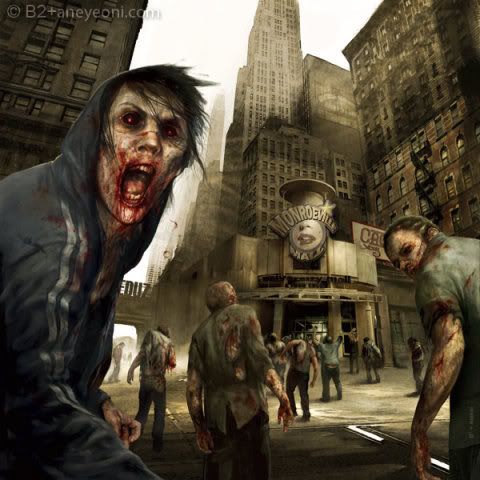|

|
Tuesday, October 14, 2008
|
|
| |
Web 2.0 Won't Die Because it Excites Young Minds
With the recent financial crisis we're continually exhorted grow up and drop this Web 2.0 nonsense. Move into more dignified niche revenue opportunities. Stop wasting everyone's time with this new-age hippie free ad stuff. There's no time for such foolishness. Be serious. It's as if I can hear my Grandpa whispering in my ear. Well, Web 2.0 ain't going anywhere because it excites young minds.
I attend meetups around Silicon Valley and I'm amazed at the youth and vitality I see at the Facebook and other Web 2.0ish events. People are excited. It's not just about early exits and large cash. People are genuinely excited about the tech, even if nobody is quite sure how it works or what to do with it--yet.
A historical parallel exists: the discovery and practical application of electricy. A microcosm of the excitement electricity generated in young soon-to-be scientists can be found in the life of Hans Christian Oersted. Oersted in the 1800s was ready to follow in his father's footsteps as a respected Danish pharmacist. But the new phenomena of electricity captivated his thoughts and he shifted careers. At that time the wonder electricity would become wasn't obvious at all. Studying it was a risk as there were no practical applications of electricity, but minds were drawn to it because they sensed in electricity something new, different and interesting. And in 1820 Oersted discovered electricity and magnetism were a unified force. Until that time they had been considered to be different forces. As a Kantian philosopher Oersted assumed there where deep unifying links behind phenomena, so he was able to find the unification of electricity and magnetism when the more conventionally minded did not.
Fast forward to Web 2.0 and the constant heap of disdain shoveled on making "stupid" zombie applications on Facebook. The first electrical devices were simple too, devices like buzzers and telegraphs. These simple devices were made possible by understanding the nature of electricity and magnetism. With that knowledge it was possible to translate electrical potential into magnetic and kinetic energy. As understanding deepened, the miracles worked with electricity came to define the 20th century and make it different than any time before.

While Facebook zombie apps may not seem impressive, they are similar to the buzzer in that they show practical applications of phenomena still being researched and unified. Only this time it's not using electricity to turn a clapper on and off as in a buzzer, it's working out viral marketing, viral distribution, viral program design, viral loops, social networks, lifestreaming, sites as platforms, platforms as APIs, data portability, monetization strategies, mobile applications, friending, long tails, and so on.
Web 2.0 isn't going anyway. There's a deep sense something is going on here and young minds want to figure out what it is. Our James Maxwell, who found four equations codifying every aspect of electromagnetism, has yet to be found for Web 2.0, but that won't stop the young from looking and being unapologetically excited about it. When historians define the 21st century, the roots of the miracle technology may just have started in silly zombie games.
7:00:40 AM  digg
reddit
digg
reddit
|
|
|

|
© Copyright
2008
todd hoff.
Last update:
10/14/2008; 8:15:55 AM.
|
|
| October 2008 |
| Sun |
Mon |
Tue |
Wed |
Thu |
Fri |
Sat |
| |
|
|
1 |
2 |
3 |
4 |
| 5 |
6 |
7 |
8 |
9 |
10 |
11 |
| 12 |
13 |
14 |
15 |
16 |
17 |
18 |
| 19 |
20 |
21 |
22 |
23 |
24 |
25 |
| 26 |
27 |
28 |
29 |
30 |
31 |
|
| Sep Nov |
|
